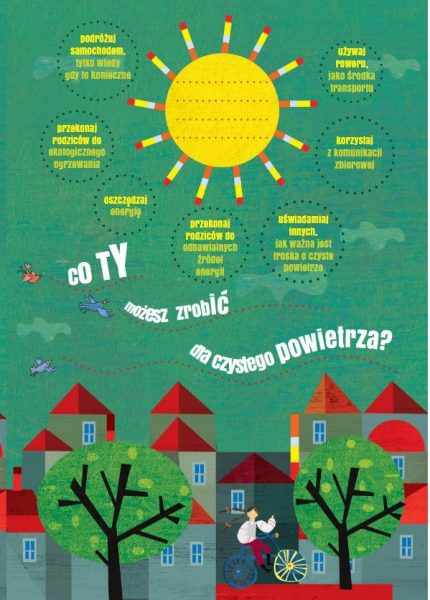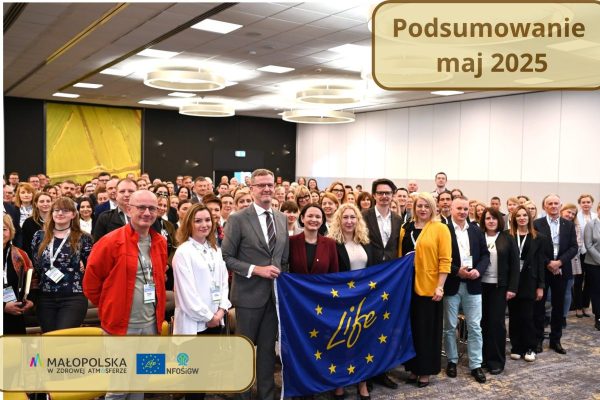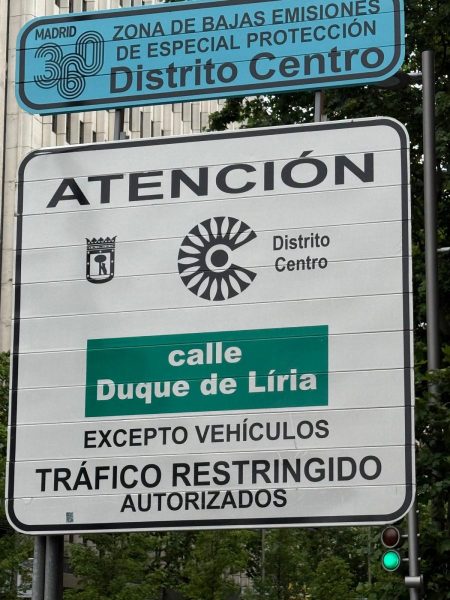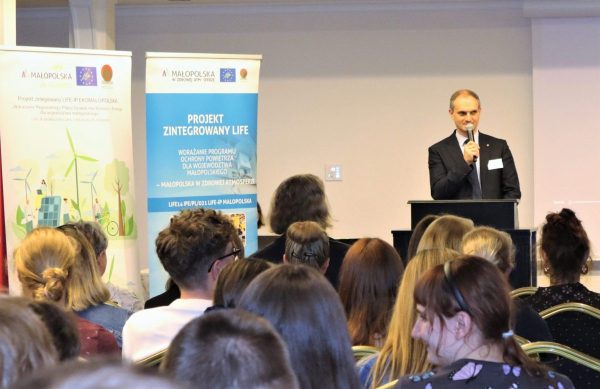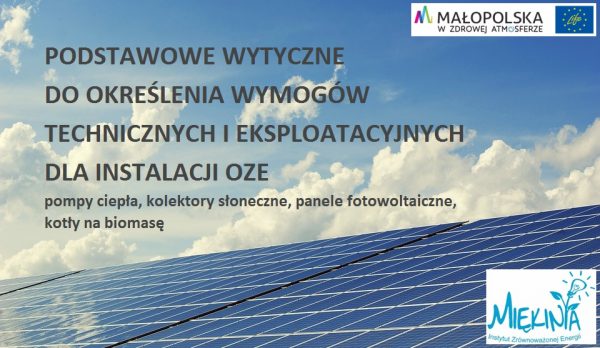Sensors of air quality. Is it worth trusting them?
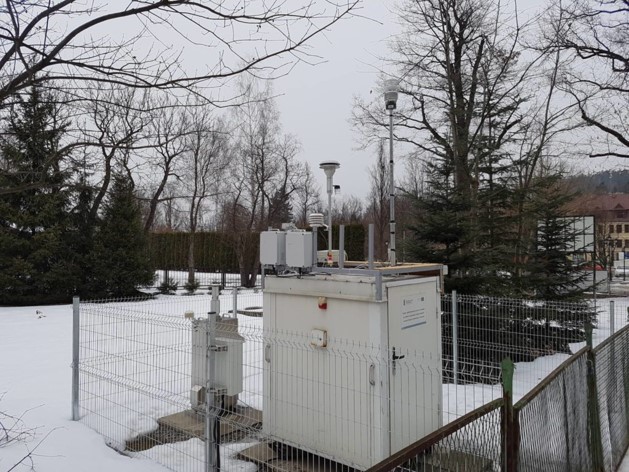
Summary of the results of comparative measurements
In the past two years, the popularity of low-cost sensors for the measurement of air pollution has increased remarkably. There are devices on the market that have not been verified in terms of the quality of the measurements. In order to check the suitability of low-cost air quality sensors, an agreement was established between: the authorities of the Malopolska Region, the Main Inspector of Environmental Protection, the Stanisław Staszic AGH University of Science and Technology in Krakow, the Municipality of Rabka-Zdrój, the municipality of Dobczyce and the Krakow Smog Alarm Association. The subject was to perform comparative measurements of devices using the reference method.
Comparative measurements were carried out in two editions. The first edition took place in the period from 15/02/2017 to 20/06/2017 in Rabka-Zdrój, and the second in Dobczyce during the period from 01/12/2017 to 15/03/2018.
Participants of the study
In order for the test results to be reliable, the National Reference and Calibration Laboratory of the Main Inspectorate for Environmental Protection installed professional measuring devices and dust collectors in order to determine PM10 and PM2.5 concentrations using the reference method. The results of individual devices were therefore referred to the results that are most reliable in accordance with the current state of knowledge and available technology.
5 entities participated in the first edition of measurements:
- Elkomp Jacek Kędzioła,
- Envimet Services Sp. z o. o.,
- Warsaw University of Technology (Artur Badyda, Bogdan Dziadek, Mariusz Rogulski),
- Solutions for Technology Sp. z o. o.,
- Tetabit Sp. z o. o.
7 entities participated in the second edition of measurements:
- Airly Sp. z o. o.,
- OMC Envag Sp. z o. o.,
- Far Data Sp. z o. o. Spółka Komandytowa,
- Warsaw University of Technology (Artur Badyda, Bogdan Dziadek, Mariusz Rogulski),
- Tetabit Sp. z o. o.,
- Vidiaq Electronics Plant,
- Xorbit.
Each participant delivered two samples of measuring devices to the place of measurement. Their duty was to send hourly and daily values of PM10 suspended particulate matter, and PM2.5 in the second round.
The measurement results were analyzed in accordance with the methodology used when demonstrating equivalence with reference devices.
Findings
Air quality sensors were evaluated in terms of the following criteria:
- Completeness of the data transmitted.
- Compatibility of results between two tested devices of the same type.
- The compatibility of the results between the tested device and the values indicated by the reference device (professional measuring device of the National Reference and Calibration Laboratory of the Main Inspectorate of Environmental Protection.
The completeness of the data transferred ranged from 50 to 100%. It should be emphasized, however, that the completeness of the data consisted not only of the fact whether the device measured the given pollution, but also whether the study participant responsible for regular data transmission, actually provided it on time to the server. If the required information was not sent in the time set by the regulations, the measurement was not taken into account, which had an impact on the final result of the tests.
In the majority of the tested devices, there were discrepancies in the measurement results for two identical devices (the same type from another manufacturer). For PM10, it was between 2 μg/m³ and 20 μg/m³, and at high concentrations (over 30 μg/m³) even up to 40 μg/m³. The obtained results provide the conclusion that even with the use of measuring devices (sensors) of the same type, the obtained values of suspended dust concentrations can differ from each other.
Most of the tested devices indicated values that deviate from the reference method during measurements. Only the application of the calibration did allow to obtain much better compatibility. This provides the conclusion that dust measuring devices should be calibrated to the indications of the official WIOŚ measurement stations in conditions ensuring a wide range of concentrations (at least in the range of 0 – 100 μg/m³).
One of the conclusions of the study is that none of the devices fulfilled all of the criteria that would allow them to be used to assess air quality in the understanding of national law and the European Union. This means that they cannot replace the official WIOŚ measurement stations. However, some devices can be used for educational or informational purposes. Thanks to low-cost sensors, we can find out whether air pollution in a given place and time is high, medium or low. However, more precise figures are not fully consistent with the data presented by WIOŚ.
What to pay attention to when buying?
The measurements carried out and cooperation with experts in the field of air quality measurements made it possible to formulate the basic guidelines for people and entities that will decide about the purchase of low-cost dust sensors:
- When selecting a sensor for measuring the suspended dust concentration, it is recommended to ask the manufacturer about the conformity of the measurement result between the manufacturer’s devices. This value should be included in the trade specification and be the basis for a complaint. The value of this parameter can be easily checked by placing two manufacturer’s sensors in the immediate vicinity. The lack of conformity between the manufacturer’s devices (e.g. for the daily average value) should be agreed at the time of purchase as the basis for a complaint.
- It is recommended to ask the manufacturer about the measurement uncertainty for the daily average. The lack of such information in the product specification should be worrying because it suggests that the manufacturer does not know this parameter. During the purchase procedure, the method of verification of this parameter should also be compared with reality, allowing for a complaint concerning the device. The easiest way to verify the data from the purchased device is to place the device in the immediate vicinity of the reference device (e.g. an official WIOŚ monitoring station). However, the complaints procedure should be discussed with the producer already in the purchase phase.
- When planning such a purchase, it is advisable to ask the manufacturer about the calibration procedure for which the sensors are sold and ask for any documentation confirming the calibration process. Dust measuring devices should be calibrated under conditions that ensure a wide range of concentrations (at least in the range of 0-100 μg / m3). It is advisable to calibrate each sensor separately with a reference device at least once a year. More frequent calibration will improve the quality of measurements. At the time of purchase reconciliation, it is advisable to discuss with the manufacturer the possibility of making such a calibration after one year of use within the purchase price. However, it should be noted that this calibration should be performed for the appropriate (wide) range of concentrations.
- When selecting a measuring device, make sure that the manufacturer has provided a conditioning element in the design of the device before the measurement in order to heat it above the dew point. This functionality is particularly important in the autumn-winter-spring period. The air before the measurement should be free of moisture (the analyzer does not distinguish whether there is a droplet of water or a particle of suspended dust in the air, therefore, without conditioning the sample, at high humidity, the analyzer can significantly overstate the result).
- For a representative determination of the suspended dust concentration, it is advisable to properly install the sensor. The air flow around the sensor should not be limited by any obstacles (in a radius of at least 270° or 180° in the case of measurements located at a development line). The sensor should generally be located a few meters away from buildings, balconies, trees and other obstacles. In the case of air quality measurement along a development line, the sensor should be installed at least 0.5 m from the nearest building. The general rule is that the sensor is located from 1.5 m (the breathing zone) up to 4 m above ground level. In some cases, it can be necessary to place it higher than 4 m, especially when the sensor is to be representative of a larger area. In order to avoid direct aspiration of the substance before being mixed sufficiently with air, sensors are not placed in the immediate vicinity of the emission sources.
- With regard to the measurement of the impact of transport, low-cost sensors should be at least 25 m away from the border of major intersections (where roads with the highest traffic intensity intersect and which interrupt the flow of traffic and cause emissions other than the rest of the road). At the same time, this point should not be more than 10 m from the curb. Any location being too close to the intersection could give an unrepresentative measurement for a given road, stopping and starting off from a place increases the emission but does not correspond to the typical value for the whole road.
- If the given sensor makes a change in the concentration of the pollutant during the measurement, the air sensor should not once again be sucked once after it is measured.
- The results obtained by means of sensors do not allow their use as part of the official procedures for announcing information levels or PM10 dust alarm levels. Considering the above, despite the presence of low-cost sensors in the immediate vicinity of the place of residence, attention should be paid to the results presented by the official stations of the State Environmental Monitoring and communications of the Provincial Center for Crisis Management regarding the air quality. Some of the sensors, despite significant uncertainties, can be used for educational or informational purposes.



